Terrible Swift Sword (34 page)
Read Terrible Swift Sword Online
Authors: Joseph Wheelan

Â
Major General William Rosecrans
National Archives
National Archives
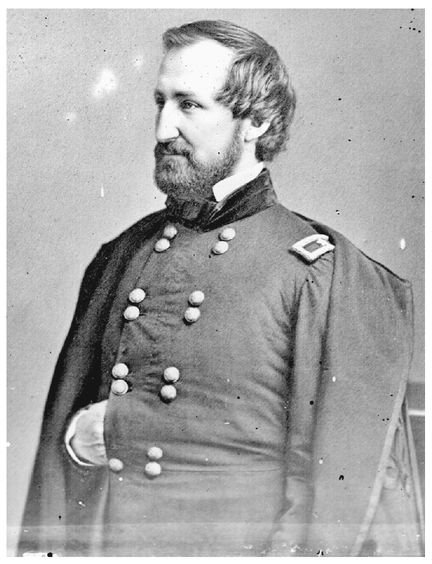
Â
Confederate general Jubal A. Early
Library of Congress
Library of Congress
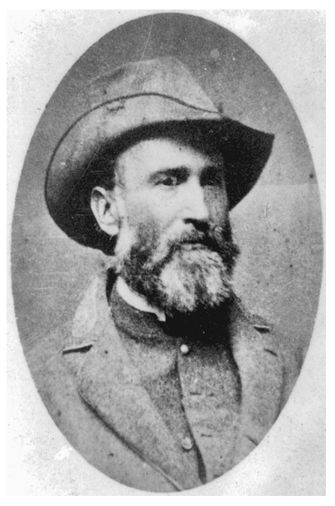
Â
General Robert E. Lee
National Archives
National Archives
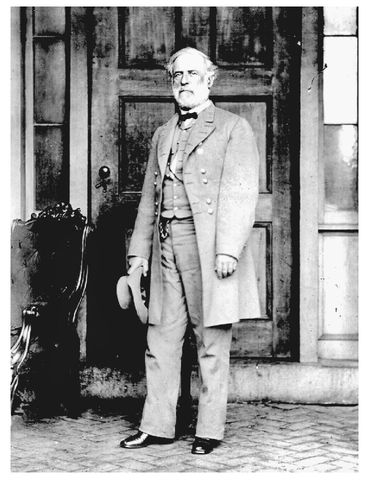
Â
Photo of captured Confederate soldiers after the battle at Five Forks on April 1, 1865.
Library of Congress
Library of Congress
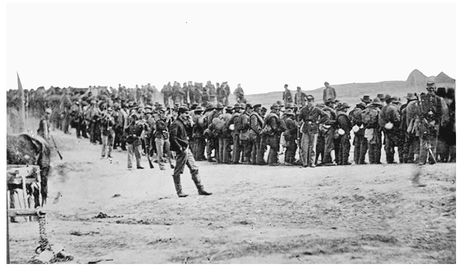
Â
During the Civil War, Sheridan wore a flat-brimmed hat, one of the few that he was able to keep on his oddly shaped head.
Library of Congress
Library of Congress
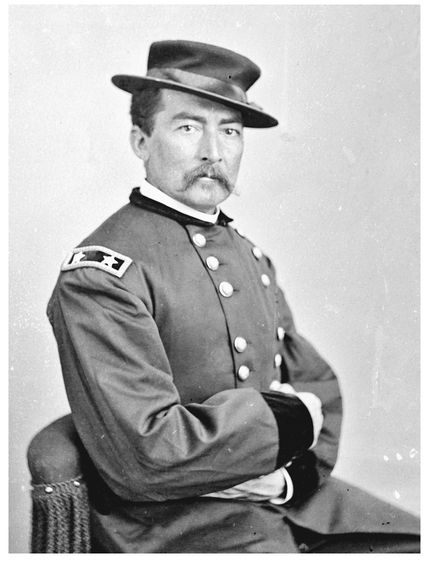
Â
A popular illustration of Philip Sheridan during his famous ride to rally his troops at Cedar Creek. Note his starred, swallow-tail pennant.
Library of Congress
Library of Congress
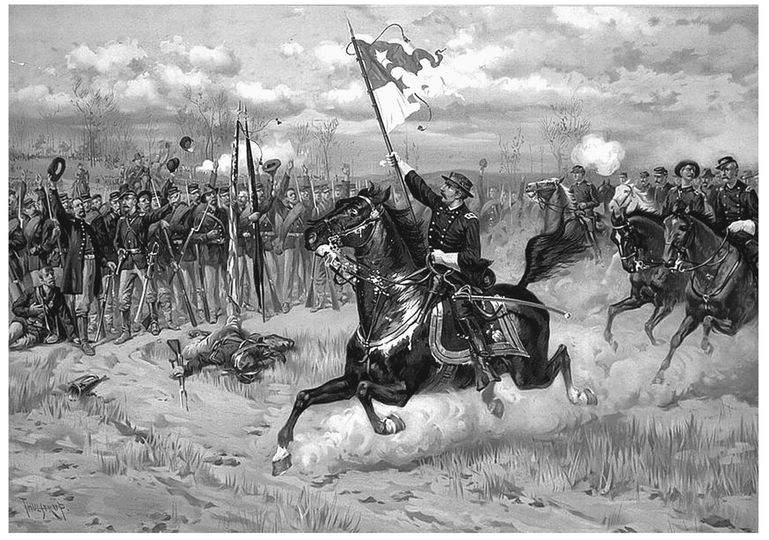
Â
Major General Phil Sheridan in his field tent during the Civil War.
Massachusetts Commandery Military Order of the Loyal Legion and the U.S. Army Military History Institute
Massachusetts Commandery Military Order of the Loyal Legion and the U.S. Army Military History Institute
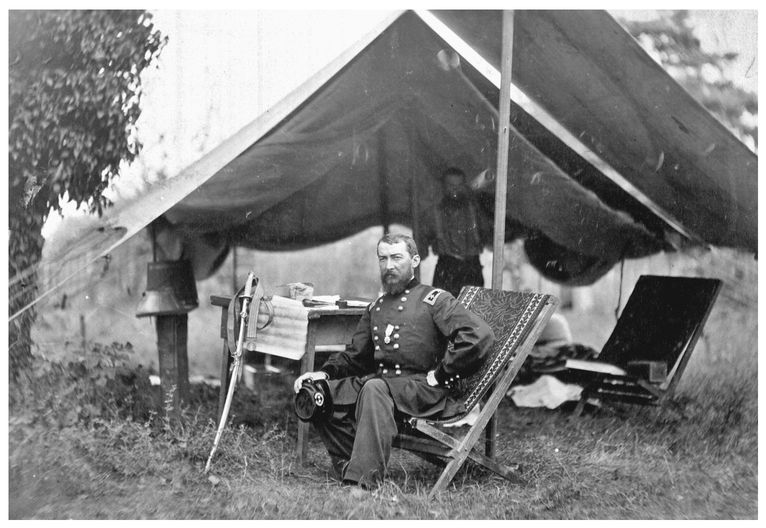
Â
Sheridan pictured with his Cavalry Corps commanders during the Civil War's final weeks. Left to right: Sheridan; James Forsyth, Sheridan's chief of staff; Wesley Merritt; Thomas Devin; and George Custer
Massachusetts Commandery Military Order of the Loyal Legion and the U.S. Army Military History Institute
Massachusetts Commandery Military Order of the Loyal Legion and the U.S. Army Military History Institute
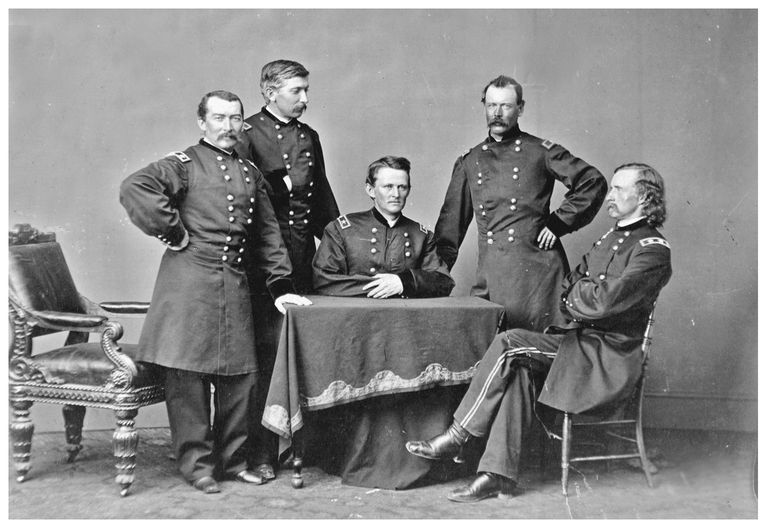
Â
Sheridan and these men, photographed during the last months of the Civil War, became the Army's leading commanders during the Plains Indians wars. Left to right: Wesley Merritt; Sheridan; George Crook; James Forsyth, Sheridan's chief of staff; and George Custer.
Library of Congress
Library of Congress
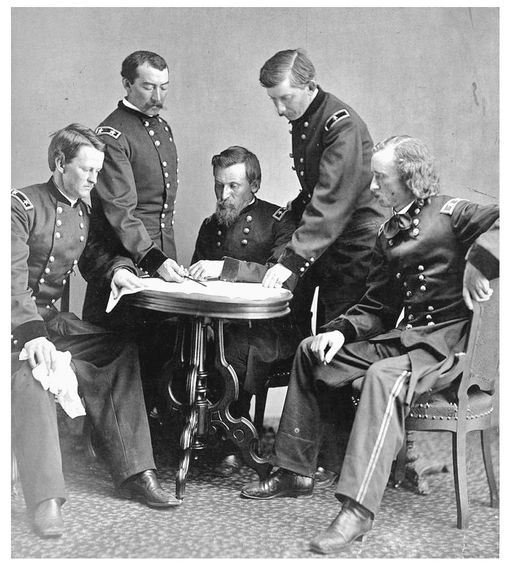
Â
Ulysses Grant regarded Ranald Mackenzie as the Union Army's most promising young officer at the conclusion of the Civil War. He became one of Phil Sheridan's indispensable commanders on the Great Plains.
Library of Congress
Library of Congress
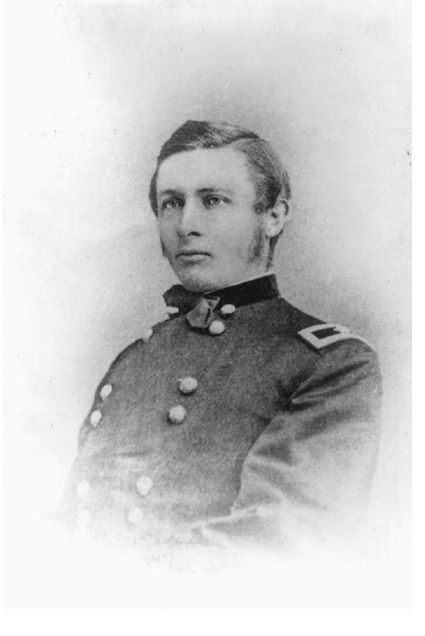
Â
The army and the railroads were partners in settling the West during the postâCivil War years. In this photo, Generals Phil Sheridan, Ulysses Grant, and William T. Sherman have just met at Fort Sanders, Wyoming, in July 1868 with Union Pacific Railroad officials to discuss the intercontinental railroad. At far left is Sidney Dillon, a Union Pacific director and future president. Sheridan is next to him. Grant is in the straw hat behind the fence, and Sherman is standing next to the steps, beside the girl. The large man on the right is Major General William Harney, and beside him, perched on the fence, is Thomas Durant, Union Pacific vice president.
Library of Congress
Library of Congress
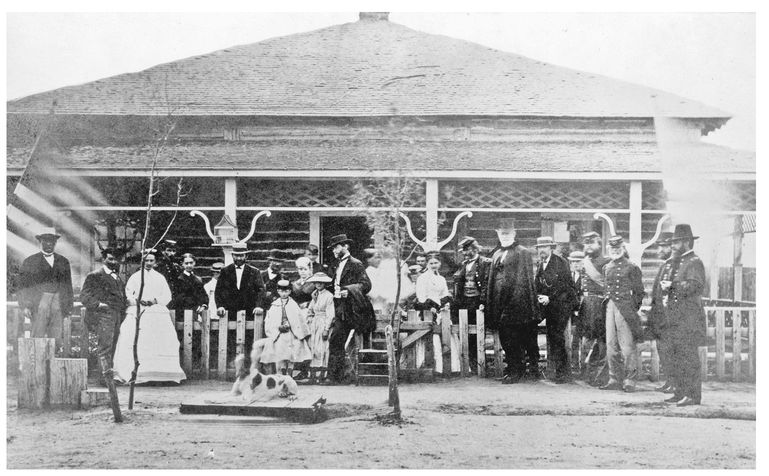
Â
James Taylor's “The Attack at Dawn” dramatically illustrates the Seventh Cavalry's attack on Black Kettle's Cheyenne winter camp on the Washita River on November 27, 1868. The troopers killed at least 103 Indians, and took 53 women and children captive, at a loss of 21 killed.
Library of Congress
Library of Congress
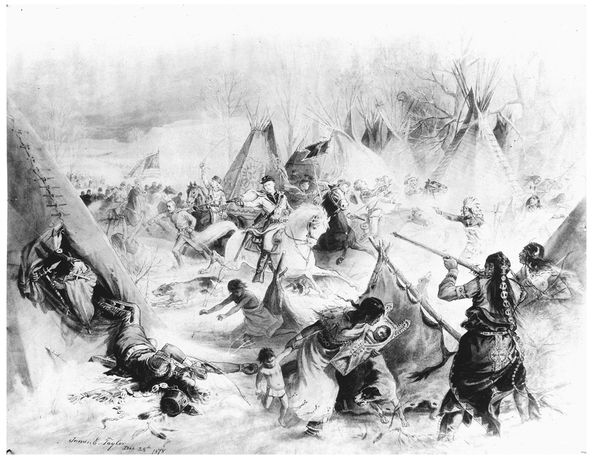
Other books
Hidden Currents by Christine Feehan
Dark Water Rising by Hale, Marian
Lives Of The Unknown Book 1: The Legend of Andrew Lockeford by G. L. Argain
Murder on the House: A Haunted Home Renovation Mystery (Haunted Home Repair Mystery) by Blackwell, Juliet
Lazybones by Mark Billingham
Jugando con fuego by Khaló Alí
Highway to Hell by Rosemary Clement-Moore
Foolish Games by Tracy Solheim